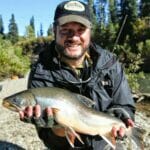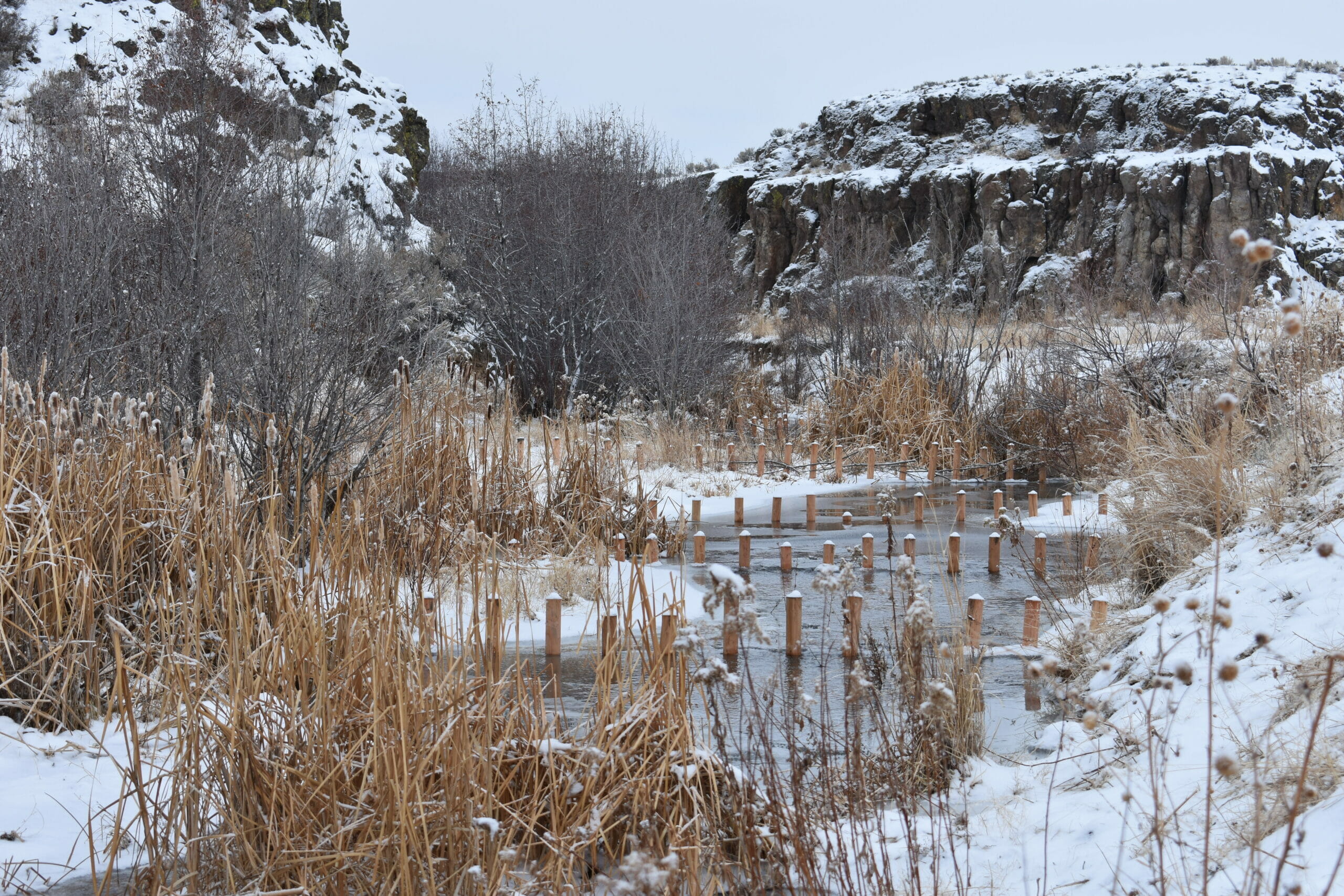Trout Unlimited project leader completes collaborative effort in the West
What do you do when your new conservation job encompasses more than 15 million acres over three watersheds and three states? For Nicole Sullivan the answer was easy.
Time to hit the pavement — and a lot of dirt roads — to meet the sparse number of people living within the boundaries of the then newly created High Desert Drought Resilient Ranching program.
In the fall of 2016 Sullivan was tasked with working to provide technical and financial assistance to implement restoration projects to benefit sage grouse, redband trout and Columbia spotted frogs in the Owyhee, Salmon Falls and Malheur watersheds in Oregon, Idaho and Nevada.
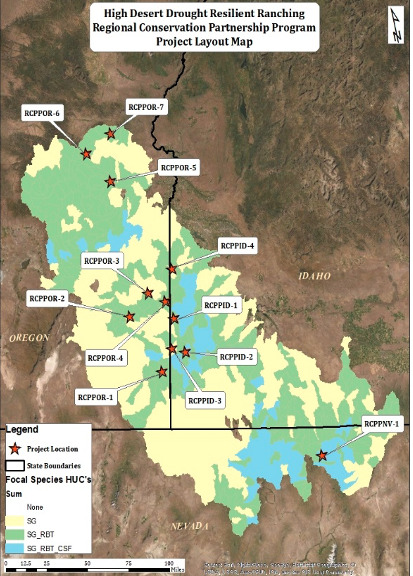
She had been hired by Trout Unlimited for the job, which was funded as part of a Regional Conservation Partnership Program. The RCPP is managed by the Natural Resources Conservation Service, a federal agency within the U.S. Department of Agriculture designed to work with farmers and ranchers on land operations to benefit waterways, fish and wildlife. All told, 16 partner organizations supported Sullivan’s work with technical and financial assistance.
Sullivan hit the road looking for projects.
Her work focused on improving hydrologic function across the program area. Sullivan strived to create wet meadow abundance, develop more water availability on arid landscapes, improve rangeland conditions for multiple species and work on water quality issues.
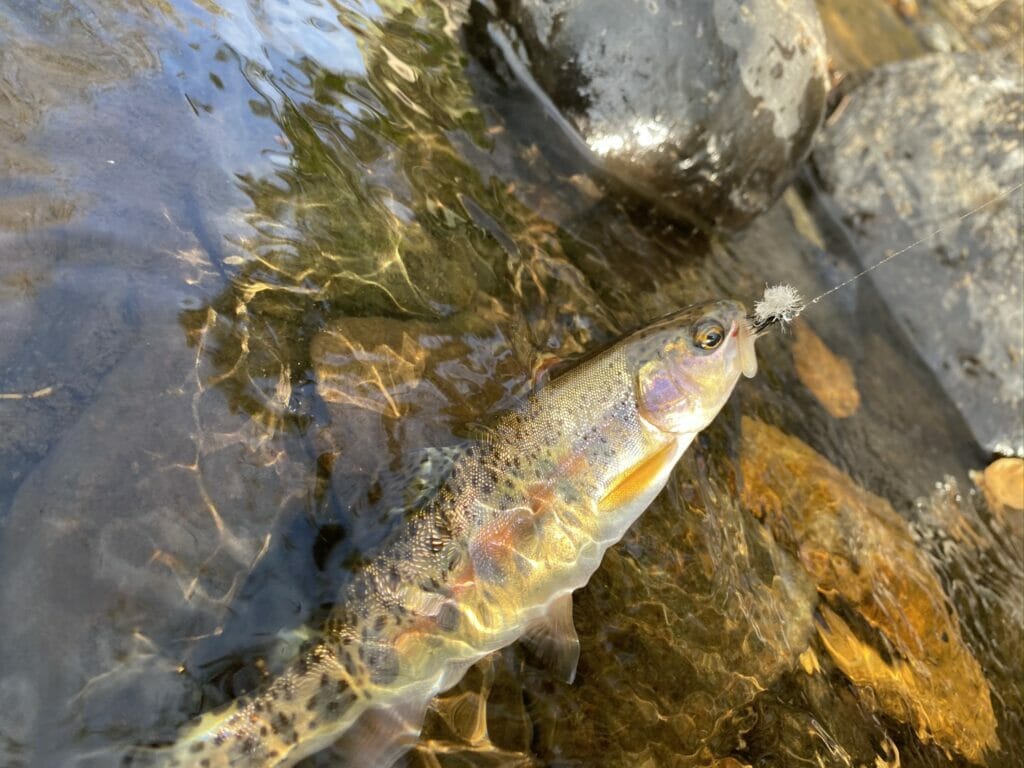
Not all the people she ended up working with over the next five years were strangers.
“My folks have a ranch just a little north of the program area, so I know how precious water is on this landscape and I also know some of the other ranching families and landowners,” Sullivan said. “Once I had a chance to talk to people it wasn’t hard to convince them that the kind of work I was doing was mutually beneficial to their land and the wildlife that uses it.”
Sullivan was also recognized on the vast landscape within the new program from her previous job as a project manager for the Owyhee Watershed Council.
“Nicole was the right person for the project,” said Pam Harrington, Nevada field coordinator for Trout Unlimited’s Angler Conservation Program and an important player in the creation of the position. “Born and raised in Owyhee Country, her heart was in the project, from the wildlife and conservation aspects to the neighbors that she assisted in completing projects.”
Among the notable work completed during her run is an impressive three-project effort in the Malheur Basin restoring 10,305 feet (almost two miles) of streams with 162 beaver dam analogs created and nearly 2,800 willows planted.
Among the numerous pieces of each project, one stands out to Sullivan.
It started with a response to a postcard she sent out to landowners to let them know about her new job and ways she may be able to apply program goals to benefit their lands and the wildlife on those lands.
“A man my family has known forever contacted me and said a creek on his land called Willow Creek didn’t have willows anymore and he wanted to figure out why,” Sullivan said.
Sullivan ended up working on 6,842 feet of Willow Creek in two different locations. Working with the landowner and other partners, she removed fish passage barriers, replaced culverts, increased stream channel and habitat complexity, improved the flood plain connection to the creek and created 55 beaver dam analogs.
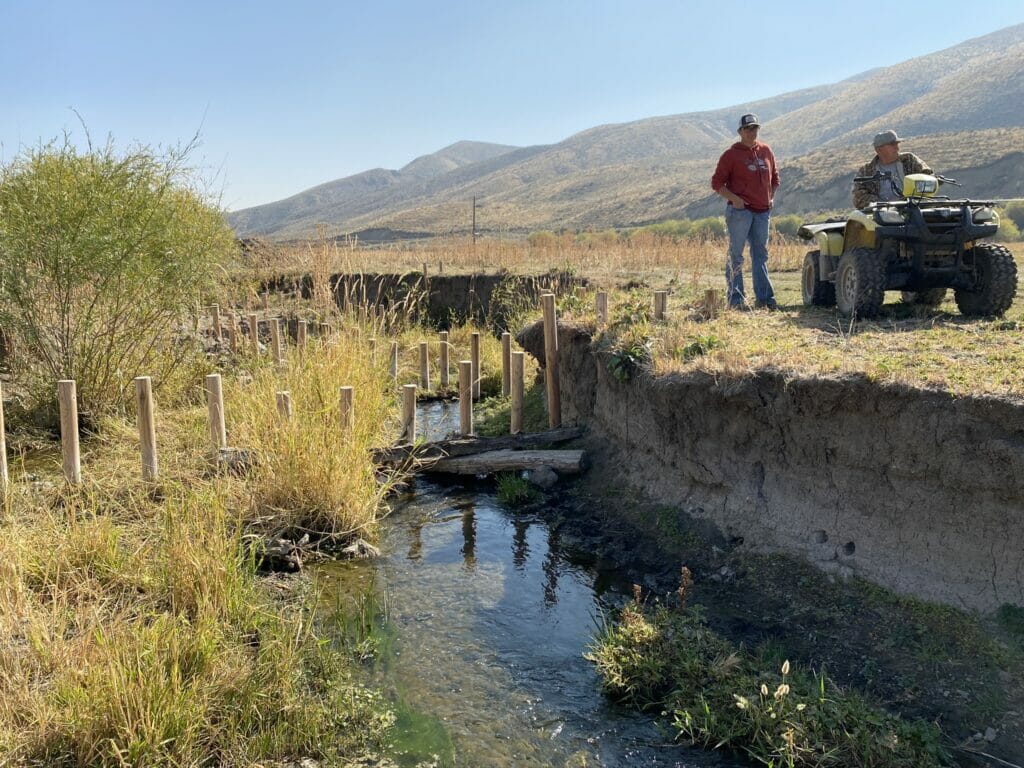
“Our goal was to bring the water table back up and get willows back on Willow Creek,” she said. “Unfortunately, he passed away not long after the work and he didn’t get to see the current willow growth that is happening, but he was incredibly happy with the way everything was implemented. It makes me happy to see those willows and I always think of him.”
The Bureau of Land Management plans to continue Willow Creek restoration work on public lands adjacent to the stretches of creek on the private lands. When completed, more than two miles of Willow Creek will have been restored.
“The NRCS was proud to be a part of the High Desert Drought Resilient Ranching RCPP. We appreciate all the partners and producers that contributed to the success of this project,” said Curtis Elke, Idaho NRCS state conservationist. “This was a very complex landscape given it was spread over 15 million acres across three states. The RCPP exceeded my expectations with all the projects and practices that were implemented. Nicole Sullivan did a great job coordinating this work.”
And, even though she is no longer working officially through Trout Unlimited for the High Desert Drought Resilient Ranching program after completing the RCCP in the spring of 2021, Sullivan will continue to do restoration work in the area. She has returned to work for the Owyhee Watershed Council.
“This really is the best of both worlds for me,” she said. “I kind of fell into the restoration work, but I really enjoy the connection it gives me to the people of the ranching and farming communities. It’s important to help them understand how taking care of the land and water benefits not just their land but the entire ecosystem.”
Special thanks to all the partners in the High Desert Drought Resilient Ranching program: Natural Resources Conservation Service; Trout Unlimited; Malheur Watershed Council; Idaho Office of Species Conservation; Idaho Department of State Lands; Owyhee Watershed Council; Oregon Department of Fish and Wildlife; Owyhee Conservation District; Idaho Department of Environmental Quality; Nevada Department of Wildlife; the Stewardship Alliance of Northeast Elko and Shoesole
Brett Prettyman is the communications director for Trout Unlimited’s Western Water and Habitat Program. He is based in Salt Lake City.


